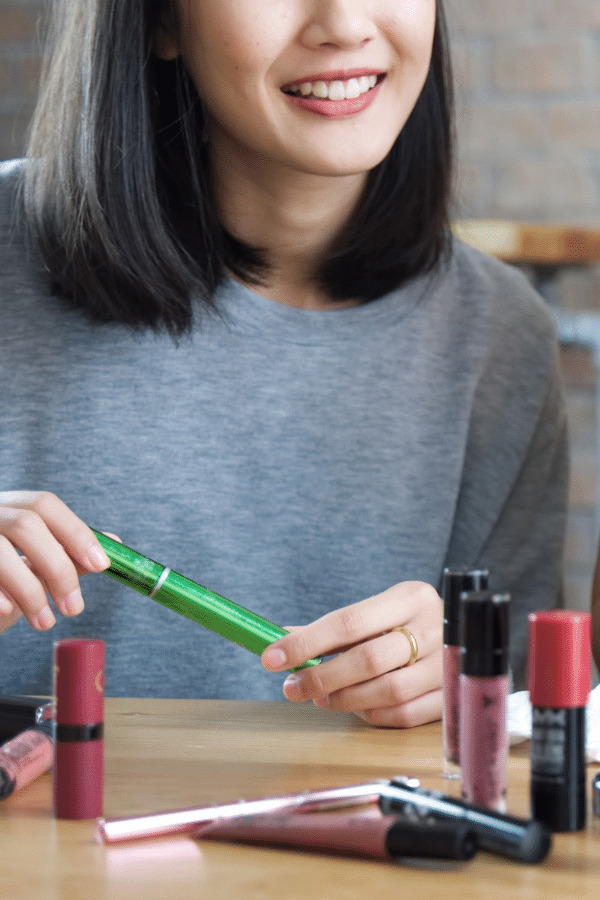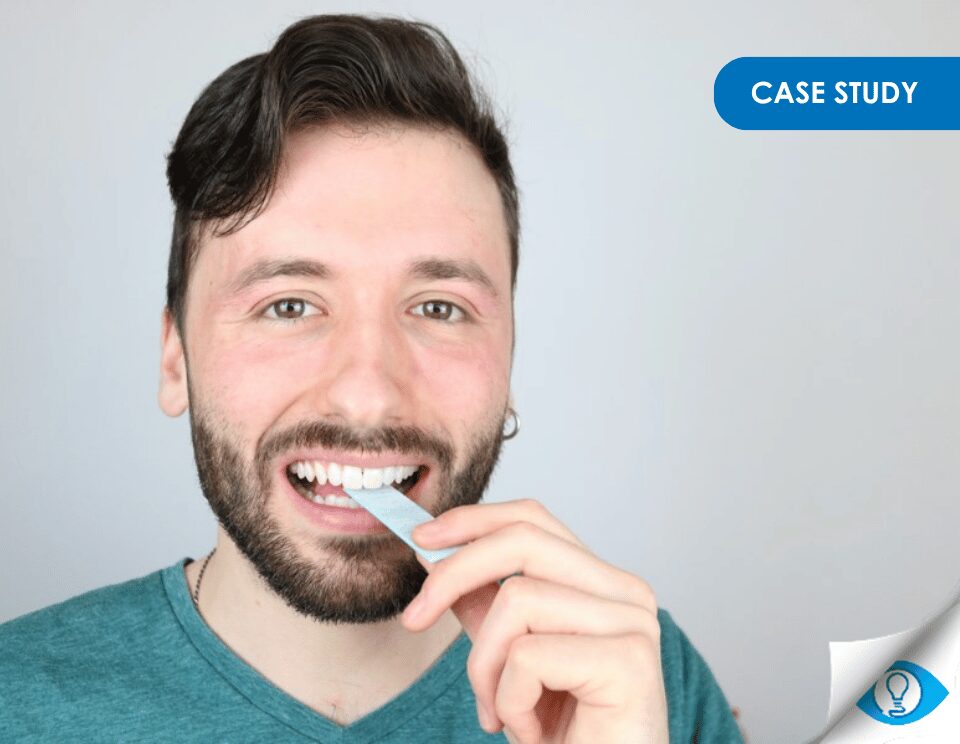Packaging Design Research
There is no one size fits all when it comes to packaging design – so many factors impact on the format, shape, colours, branding, visuals, claims on pack etc.
What is clear is that any packaging design must consider two key aspects:
The visual impact
AND
The functionality
Does the product stand out on shelf enough to even be seen and purchased?
Once home, does it meet expectation? Does it work as promised?
The only real way to tell is to test, test and test again. Market research at both concept and prototype stages will give you answers to steer your designs.
Why is Packaging Design So Important to Get Right?
The packaging – the way it looks and feels – is often the first experience consumers will have with your brand or product. We know, from years of experience speaking with thousands of customers, across hundreds of brands, throughout multiple markets, that the design has a strong correlation with purchase consideration.
It needs to do many things from the outset:
And all of this needs to be done carefully – it’s all about balance. Too much information on pack and your USPs will be missed. Too little and shoppers won’t know enough to buy.
If you get it right (in-store and in-home) you will develop loyalty and a long-term relationship with consumers.
The Visual Impact

1. Stand out
Is it different enough to have an impact – can you cut through against competitors?
Conversely, are you similar enough to fit within the category and not alienate shoppers?
2. Shape and form
Are you innovating and making a product which meets consumer needs? Is the colour palette befitting of the product, brand, category? Will shelf blocking work?
Do you need SRPs to support the design?
3. Your logo
Is it prominent enough or taking up too much space?
4. Claims
What needs to be on there? What doesn’t? Is it clear and understood? Are they able to convince and persuade?
Are the claims really what consumers want to hear?
5. Brand fit
Is the design recognisably yours?
If a re-design, will people still be able to find it?
The Functionality

1. Durability
Will the packaging keep the product dry / in tip top condition?
2. Recyclability or eco-friendliness
Whether recycled or recyclable, this is more often than not a hygiene factor now – as long as value + other key benefits are met (taste, efficacy etc) this is a given.
3. Usability
Does the packaging enable a friction-free experience?
Can it be stored safely and successfully?
4. Continued usage
Do consumers use it in the way you would expect or adaptations being made to accommodate design flaws?
5. End of life
Can the packaging be re-used or disposed of easily?
Package Design Research Options
 Packaging can be tested at multiple stages of the design lifecycle. An iterative approach allows you to learn, absorb, implement and pivot as needed:
Packaging can be tested at multiple stages of the design lifecycle. An iterative approach allows you to learn, absorb, implement and pivot as needed:
1. Ideation workshops
Find out what consumers like/dislike and want.
How do they rate current packaging on the market? How can you improve it?
2. Concept testing
Agile and simple – test reaction to early stage designs.
Drill down to individual elements, wording, placement, colours.
3. Prototype testing
Get it into their hands.
Touch, feel, weight, usability.
Does it meet expectations? Do the materials used reflect brand and product values?
For more information on your package design research options, please contact Hannah Rogers: [email protected] or call +44 (0)113 204 4024, to discuss your specific requirements.





Stay In Touch